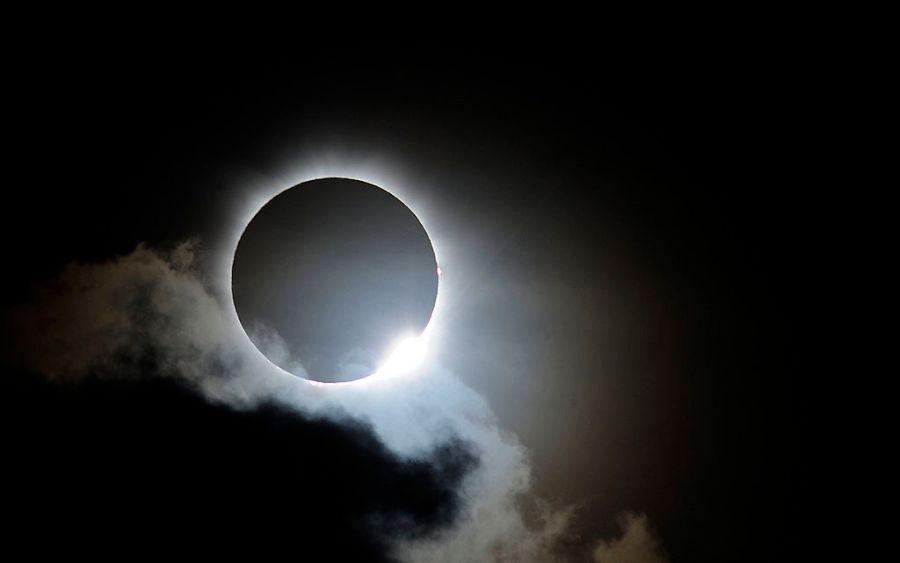COLUMBUS, Ohio (WCMH) — The entire state of Ohio falls within the coverage area for the coming 2024 solar eclipse, but not every town will have the same experience during the 4-minute phenomenon.
A wide band running from the northeast portion of the state to the western part will be in the path of totality, or where the sun will be 100% blocked by the moon. Everyone outside this coverage area will have a different view of the obstruction, but the entirety of Ohio falls in at least a 95% coverage zone for the eclipse. Columbus itself will see 99% coverage, according to Eclipse2024.org. Neighboring towns like Dublin and Hilliard, however, are within the projected path of totality.
Don Stevens, director at the Perkins Observatory at Ohio Wesleyan University, referenced an essay by Annie Dillard in describing the difference between 100% and 99% coverage: “Seeing a partial eclipse bears the same relation to seeing a total eclipse as kissing a man does to marrying him.”
“Myself having seen a total solar eclipse before … you don’t get it until you experience it,” Stevens said. “With a partial solar eclipse, 99%, that’s the equivalent of, you run a marathon and you get two feet from the finish line, and you just stop.”
The director shared some examples of what people could experience in the path of totality, compared to those in a partially eclipsed zone. He highlighted one particular aspect of the total eclipse that anyone outside the path of totality will miss, which has inspired “fear, awe and wonder” in humans for thousands of years.
“The solar corona, the sun’s atmosphere made of 2 million degree hot gasses, that surround the sun, and it’s only visible during a total eclipse,” Stevens said. “And when the moon completely covers the sun, it glows as bright as the full moon.”

He also recalled some instances of what can happen at the ground level during the total eclipse, alongside animals reacting to the sudden darkening.
“You’ll notice the air temperature drop, it can drop a few degrees. Sometimes there’s a breeze,” Stevens said. “Shadows look weird. … I don’t think trees will have leaves by then, but I’ve seen where the light coming between the leaves will have little eclipses project.”
Nature will still react in places where there is 99% coverage or a partial eclipse, and Stevens noted there will still be a sight for Ohioans in those areas to behold.
“It’s going to get dark, not completely dark, because the sun’s not completely covered, but street lights might come on,” Steven said. “It’s basically going to be as dark as it gets in twilight.”
But with much of central Ohio so close to the path of totality, the director argued it’s worth it to make the small trip.
“Particularly in Columbus, you just need to go to the northwest part of Columbus into Dublin to get totality,” Stevens said. “Seeing the eclipse is going to be a cool experience, in the end, no matter what, but why settle for 99% when you can go that extra few miles to get that 100% totality?”
View the map below to see where the sun will be fully covered in Ohio, or type in the name of a town to check its specific coverage level.
Stevens added that the Perkins Observatory is also selling eclipse glasses, necessary to look at the eclipse without damage to eyesight, for $2. The money the observatory earns for this goes to support its educational mission. The director added that he has a limited supply, but anyone can call 740-363-1257 to schedule an appointment to pick them up in advance.










